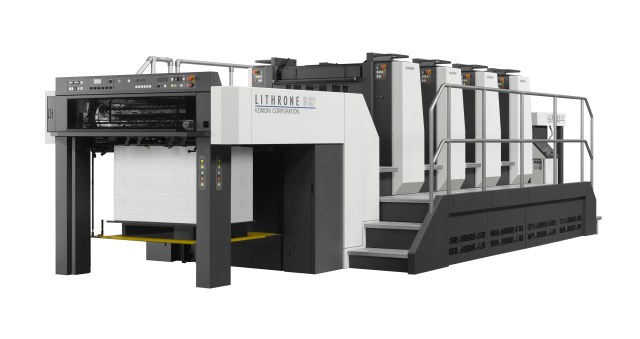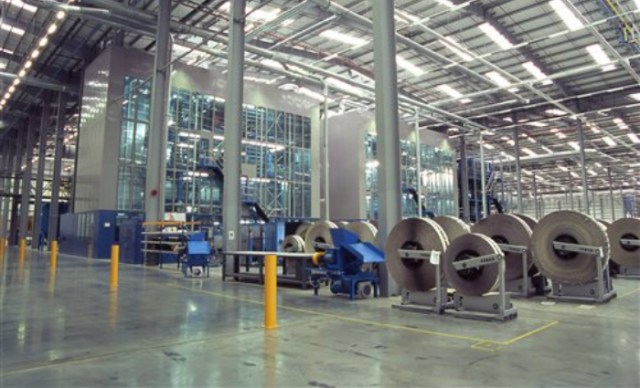
Smart packaging involves ink and substrate combinations that are sensitive to touch, static, light, sound, chemical reactions, and temperature, in and out of the box, bottle, or can. Few printing plants have the know-how for these processes, but customer demand will grow and print profits will be greater.
‘Smartness’ in packaging is a broad term that covers a number of functions depending on the product being packaged, including food, beverage, pharmaceutical and household products. Current and future functional smartness would be in packages that:
• Retain integrity and prevent food spoilage (shelf-life) through visual
or other indicators
• Respond to changes in product or package environmental conditions
• Communicate product condition
• Report opening and indicate seal integrity
• Confirm product authenticity and counter theft and counterfeiting
There is thin line between package functions that are intelligent and those that become active in response to a triggering event, like exposure to UV or extremes of temperatures. Some smart packaging already exists commercially and many other active and intelligent types are under development. Some beer cans have thermochromic ink that changes colour when the can is at certain temperatures.
Fresh produce is one of the fastest growing segments of food retailing and even though conventional film is suitable for lettuce and prepared salads, it cannot cope with the high respiration rates of pre-cut vegetables and fruit, which leads to early product deterioration. Polymer films that breathe are already in commercial use for fresh-cut vegetables and fruit. Acrylic films that are crystallisable polymers tailored to change at various temperatures from 0-68C are now available. As the side-chain components melt, gas permeation increases, and it is possible to fine tune the carbon dioxide and oxygen permeation ratios. The final package is smart because it automatically regulates oxygen ingress and carbon dioxide egress according to the prevailing temperature. An optimum atmosphere is maintained around the product, extending freshness.
These new substrates and inks may require new printing processes. Some 65% of printing for the packaging marketplace is done using flexo technology and 21% using offset, leaving 14% across screen, gravure, letterpress, and digital, which is growing fastest. Self-heating packages, for soup and coffee, and self-cooling containers for beer and soft drinks, have been under active development for more than a decade, but have yet to achieve commercial status.
Pharmaceutical smart packaging includes dial-a-dose smart caps and closures that allow the safe dispensing of controlled quantities of contents. Prescription drug bottles with bottle cap alarms are available. They beep to alert users when it is time to take the medication, and it displays how many times the bottle has been opened and the intervals between openings. New inks can print batteries and circuitry, now common in some greeting cards.
The overall acceptance barriers to smart packaging are:
• Extra cost: can it be absorbed/passed on to consumer?
• Reliability of indicating devices; showing food to be safe when it is not (potential liability?) or food to be unsafe when it is (increased spoilage and stock loss)
• Food safety and regulatory issues; possible migration issues of complex packaging substances into product
• Recycling/environmental regulations
For smart materials to be adopted in packaging, they must be inexpensive relative to the value of the product, reliable, accurate, reproducible, and environmentally friendly, and food contact safe. But they will be printed.
Frank Romano is professor emeritus at the Rochester Institute of Technology
Comment below to have your say on this story.
If you have a news story or tip-off, get in touch at editorial@sprinter.com.au.
Sign up to the Sprinter newsletter


